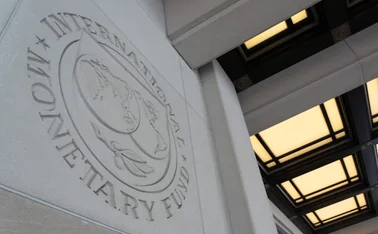
RBI payout to Indian government more than doubles
Dividend boosts public finances as new government set to take office in early June

The Reserve Bank of India (RBI) is set to transfer 2.1 trillion rupees (approximately $25 billion) in dividends to the country’s government, more than double the amount from last year.
The figure represents a 141% increase year-on-year, and will come as welcome news for a new government that will take office after the current marathon elections end on June 1. Election results will be declared on June 4.
The country’s economy ran a 5.8% fiscal deficit during the April 2023–March 2024 financial year, according to the central government’s budget, released in February. The budget had anticipated a more modest 1 trillion rupee surplus for the RBI.
The RBI was able to transfer the historically high dividend even after raising its contingent risk buffer to 6.5% of its total assets, the highest possible amount under the central bank law, from an earlier 6%.
“As the economy remains robust and resilient, the board has decided to increase the CRB to 6.5% for [fiscal year] 2023–24,” the central bank said.
Deepak Shenoy, chief executive of investment firm Capitalmind, said on social media that the transfer was “massive”, even after the central bank raised its reserve buffer to the maximum. He argued the RBI had more capital than it needed.
Only users who have a paid subscription or are part of a corporate subscription are able to print or copy content.
To access these options, along with all other subscription benefits, please contact info@centralbanking.com or view our subscription options here: http://subscriptions.centralbanking.com/subscribe
You are currently unable to print this content. Please contact info@centralbanking.com to find out more.
You are currently unable to copy this content. Please contact info@centralbanking.com to find out more.
Copyright Infopro Digital Limited. All rights reserved.
As outlined in our terms and conditions, https://www.infopro-digital.com/terms-and-conditions/subscriptions/ (point 2.4), printing is limited to a single copy.
If you would like to purchase additional rights please email info@centralbanking.com
Copyright Infopro Digital Limited. All rights reserved.
You may share this content using our article tools. As outlined in our terms and conditions, https://www.infopro-digital.com/terms-and-conditions/subscriptions/ (clause 2.4), an Authorised User may only make one copy of the materials for their own personal use. You must also comply with the restrictions in clause 2.5.
If you would like to purchase additional rights please email info@centralbanking.com






